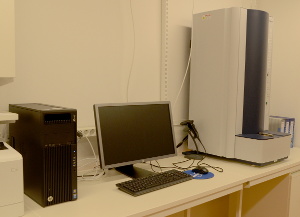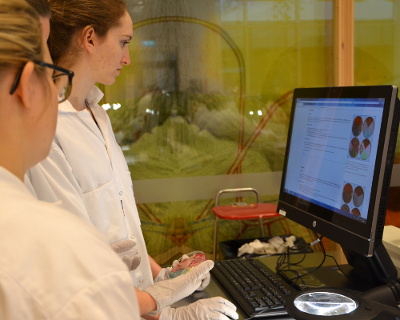 From the beginning, we have developed the VetBact database with the needs of the students in the veterinary program in mind, but we also want it to be a useful resource for many workers outside the Swedish University of Agricultural Sciences (SLU).
From the beginning, we have developed the VetBact database with the needs of the students in the veterinary program in mind, but we also want it to be a useful resource for many workers outside the Swedish University of Agricultural Sciences (SLU).
When we first went online, in 2006, the database was hosted by our partner during the early years of development, the National Veterinary Institute (SVA). VetBact was at that time an integral part of the SVA website.
As VetBact grew and we introduced more student-oriented modules such as quizzes, it became clear that it needed its own domain name and server. Therefore we acquired the domain vetbakt.se, and moved the system to a commercial web hosting service. As we continued to develop the system, it soon became evident that most of our users were in countries other than Sweden, so we changed the domain to vetbact.org and moved the system to a more powerful server.
With the further development of even more course-related functionality, e.g. the virtual laboratory VetBactLab and video lectures, it now seems appropriate to take the next step in that we now bring the system back home to its roots by moving it to a server run by the university IT department. Incidentally, this means that VetBact can now also be reached using an alternate URL: http://vetbact.slu.se/.
The URLs have changed in that we no longer use “/vetbact” nor “/vetbactblog” as part of the URL path. Although we hope that most links to pages on the website will continue to get you to the right place despite this change, please check/update your links and bookmarks!










